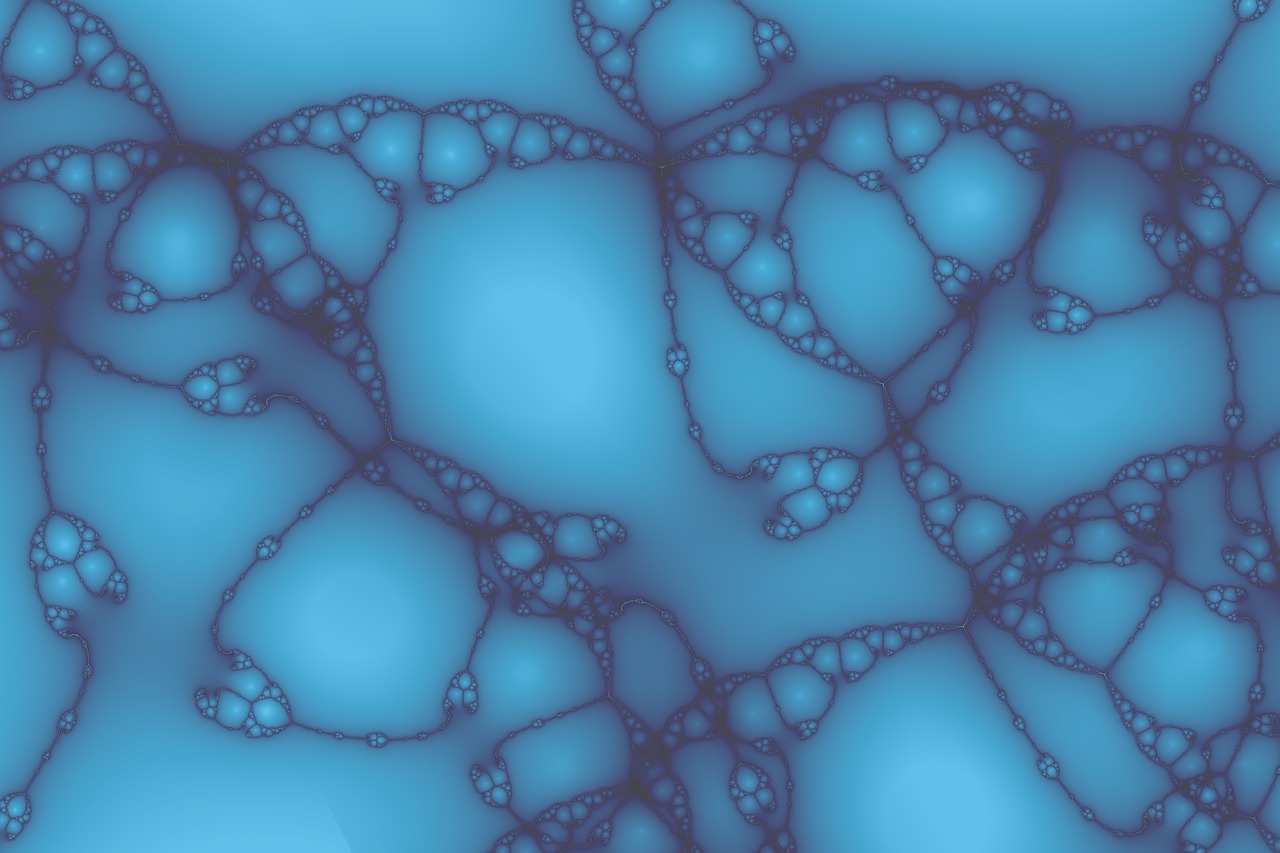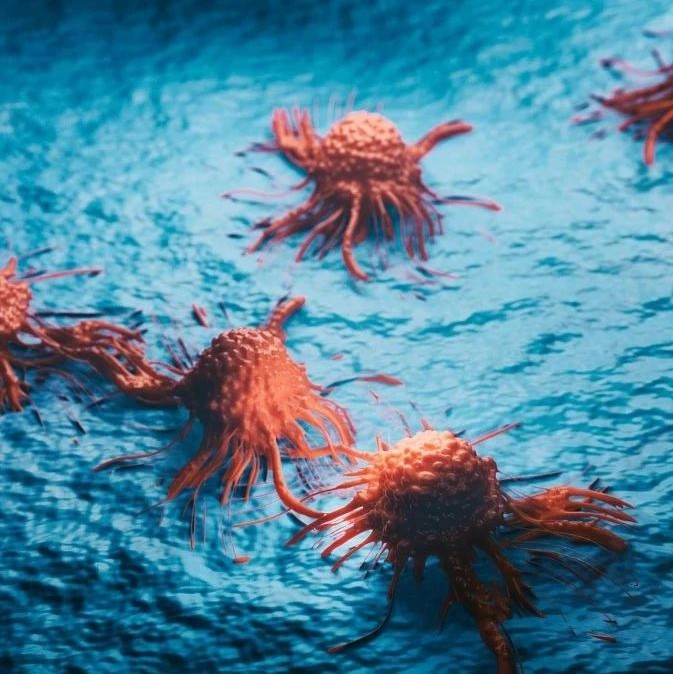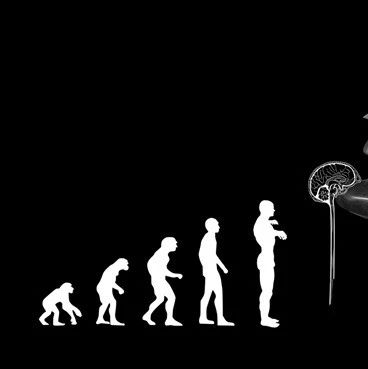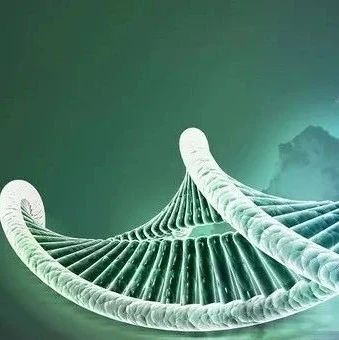日本国立成育医疗研究中心、东京农业大学和美国哈佛大学研究人员组成的一个研究小组日前在利用老鼠进行的实验中发现,诱导多功能干细胞(iPS细胞)与胚胎干细胞相比,分化发育成全身各类细胞的能力较低。这一研究结果已刊登在最新出版的英国《自然》杂志网络版上。
iPS细胞是“初始化”后的普通体细胞,但具有和胚胎干细胞类似的功能,能分化生成各种组织细胞。更重要的是,它绕开了胚胎干细胞研究一直面临的伦理和法律等诸多障碍,因此受到科学家的青睐。
本次研究中,研究人员将iPS细胞和胚胎干细胞分别植入实验用的老鼠胚胎中,尝试能否使其发育成健全的身体各组织。结果发现,植入胚胎干细胞的胚胎发育成的全身组织一切正常,这证明胚胎干细胞能够发育成各类细胞。但是,植入iPS细胞的胚胎,则很多都在中途停止发育。这是因为位于iPS细胞第12号染色体特定领域内的基因群没有发挥作用。研究人员现在还没有弄清这一基因群的具体功能。
国立成育医疗研究中心的阿久津英宪研究员指出,人们一直期待让人的iPS细胞发育成神经和心肌,然后移植到患者的患处,实现再生医疗。但人体的iPS细胞也可能存在与老鼠iPS细胞一样的问题。他认为,如能让人体iPS细胞第12号染色体特定领域内的基因群发挥作用,将会取得更理想的效果。
更多阅读
《自然》网络版发表论文摘要(英文)
Article
Nature advance online publication 25 April 2010 | doi:10.1038/nature09017; Received 6 September 2009; Accepted 17 March 2010; Published online 25 April 2010
Aberrant silencing of imprinted genes on chromosome 12qF1 in mouse induced pluripotent stem cells
Matthias Stadtfeld1,2,3,7, Effie Apostolou1,2,3,7, Hidenori Akutsu4, Atsushi Fukuda5, Patricia Follett1, Sridaran Natesan6, Tomohiro Kono5, Toshi Shioda2 " Konrad Hochedlinger1,2,3
Top of pageAbstractInduced pluripotent stem cells (iPSCs) have been generated by enforced expression of defined sets of transcription factors in somatic cells. It remains controversial whether iPSCs are molecularly and functionally equivalent to blastocyst-derived embryonic stem (ES) cells. By comparing genetically identical mouse ES cells and iPSCs, we show here that their overall messenger RNA and microRNA expression patterns are indistinguishable with the exception of a few transcripts encoded within the imprinted Dlk1–Dio3 gene cluster on chromosome 12qF1, which were aberrantly silenced in most of the iPSC clones. Consistent with a developmental role of the Dlk1–Dio3 gene cluster, these iPSC clones contributed poorly to chimaeras and failed to support the development of entirely iPSC-derived animals (‘all-iPSC mice’). In contrast, iPSC clones with normal expression of the Dlk1–Dio3 cluster contributed to high-grade chimaeras and generated viable all-iPSC mice. Notably, treatment of an iPSC clone that had silenced Dlk1–Dio3 with a histone deacetylase inhibitor reactivated the locus and rescued its ability to support full-term development of all-iPSC mice. Thus, the expression state of a single imprinted gene cluster seems to distinguish most murine iPSCs from ES cells and allows for the prospective identification of iPSC clones that have the full development potential of ES cells.








